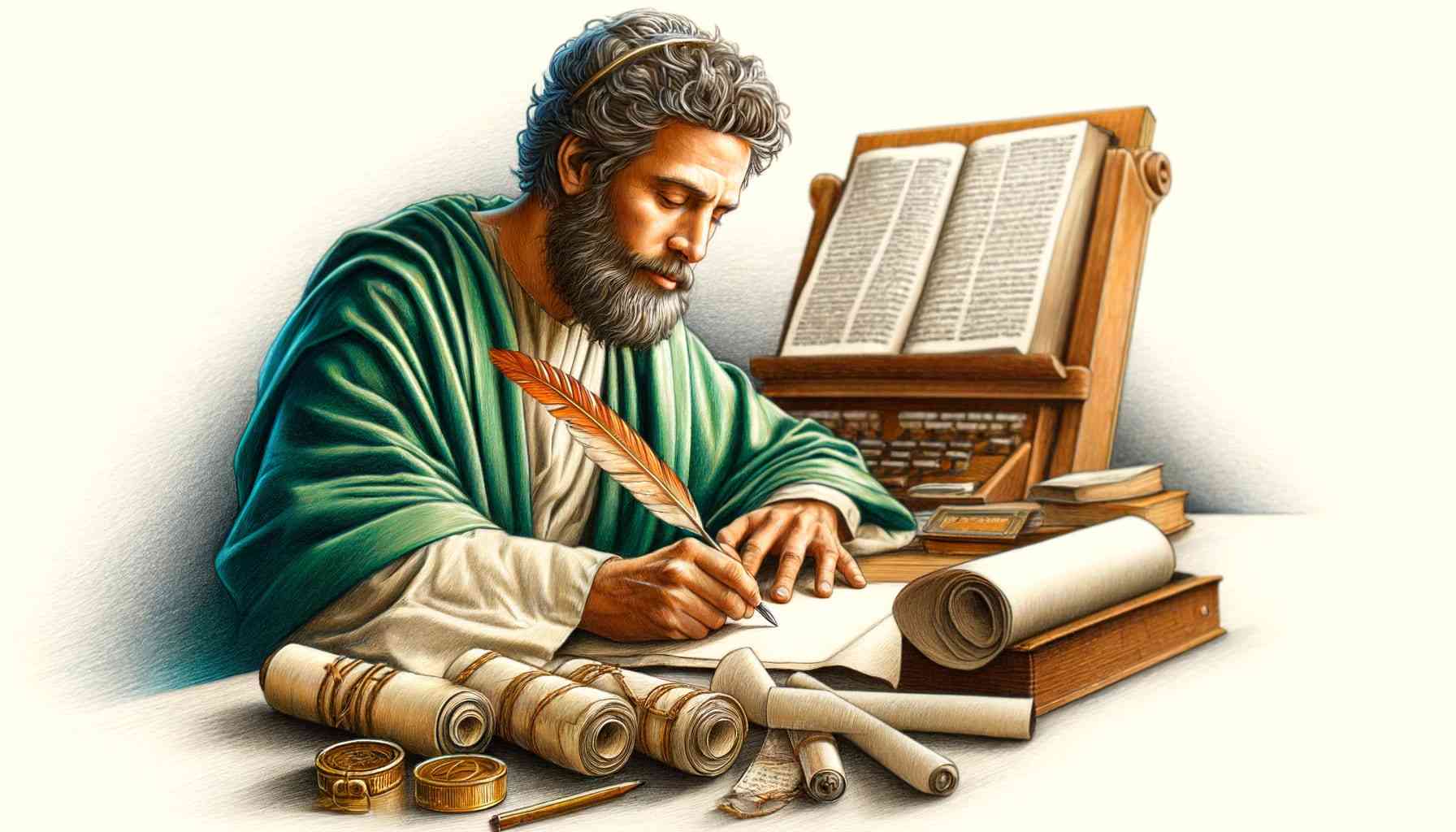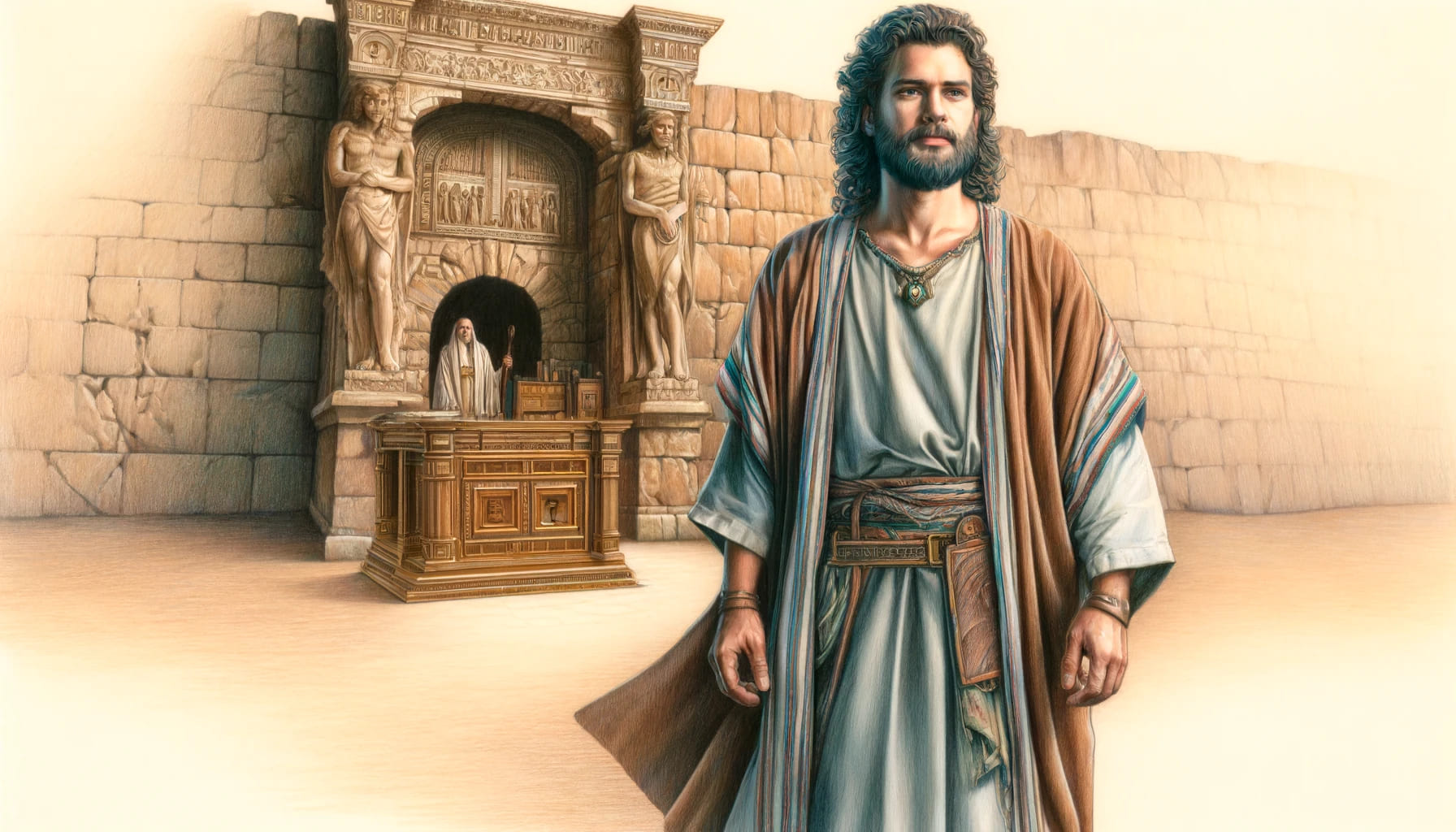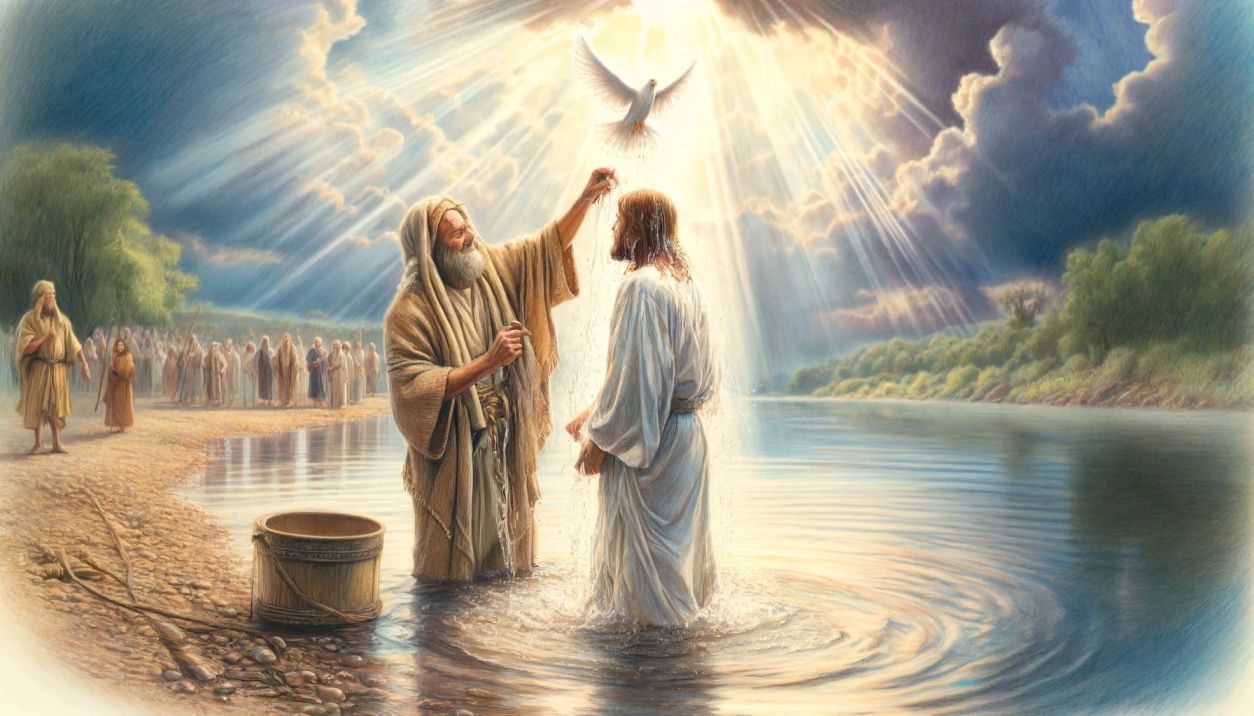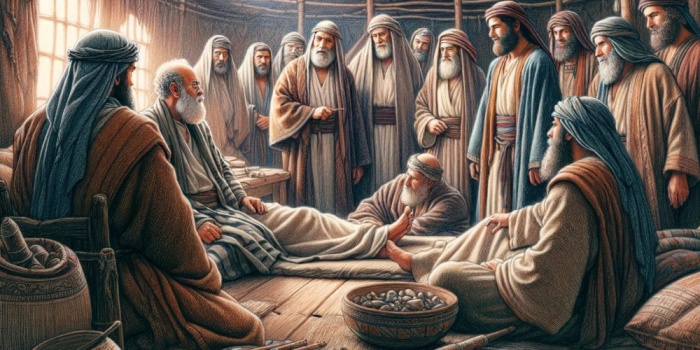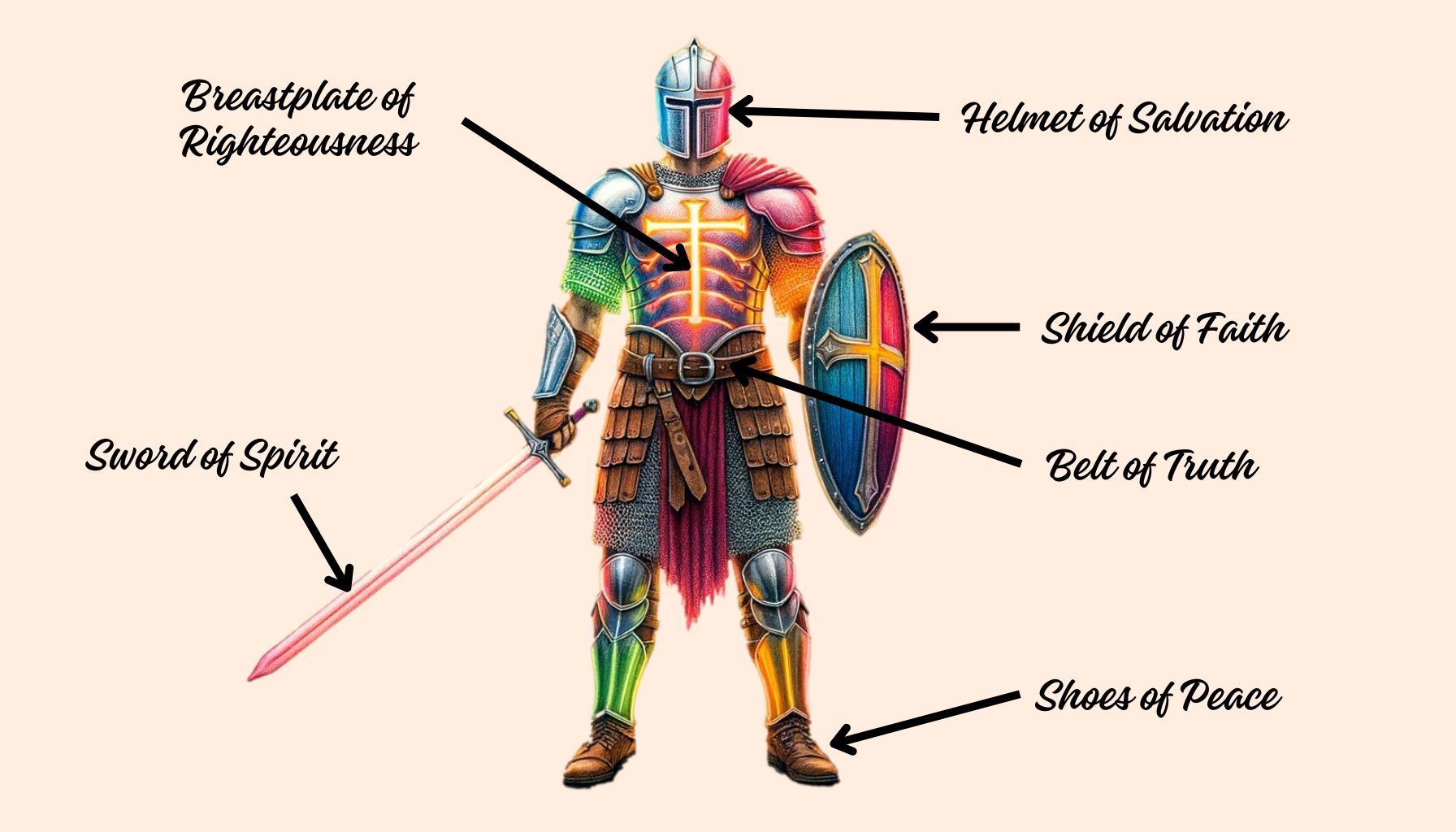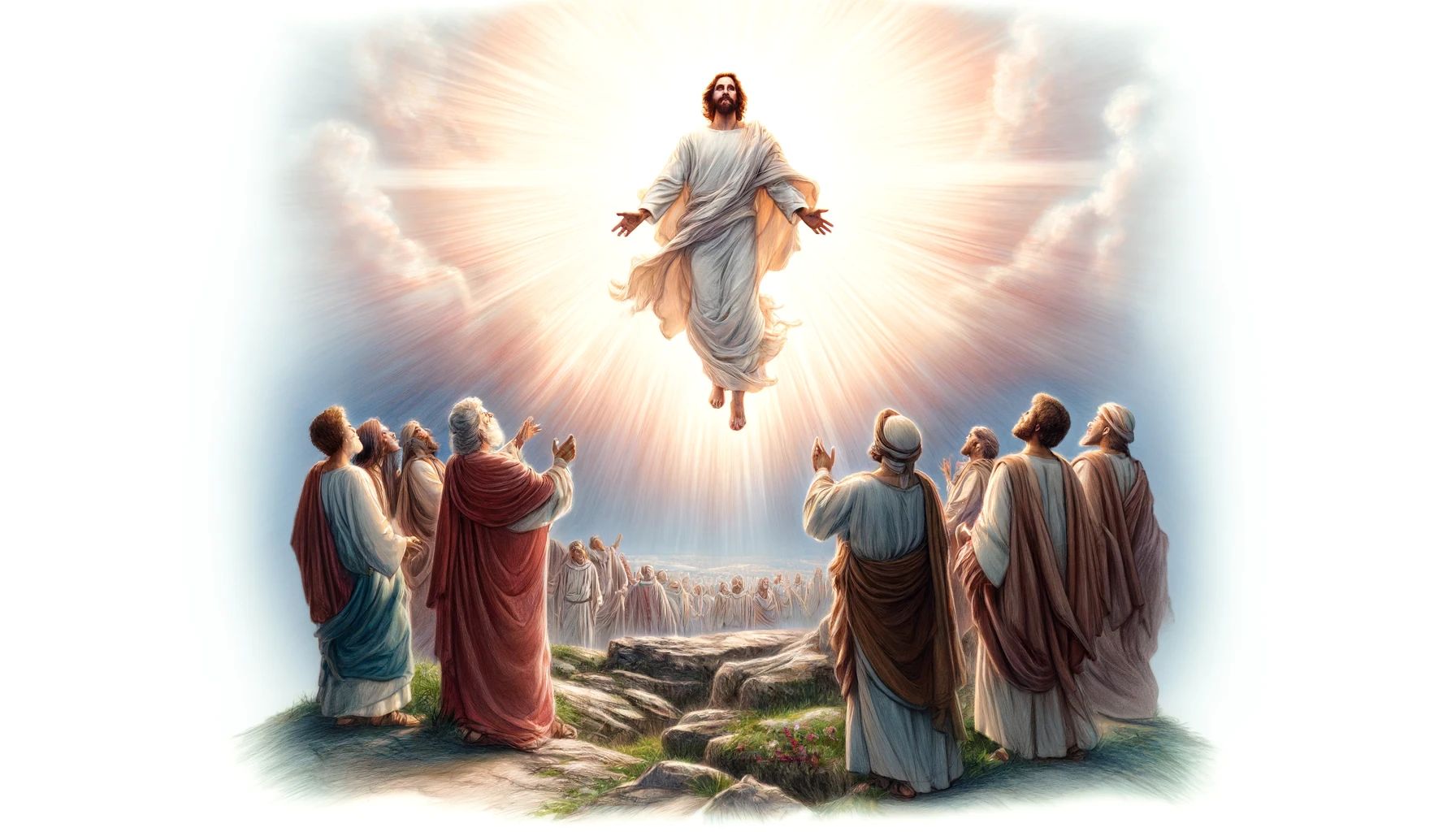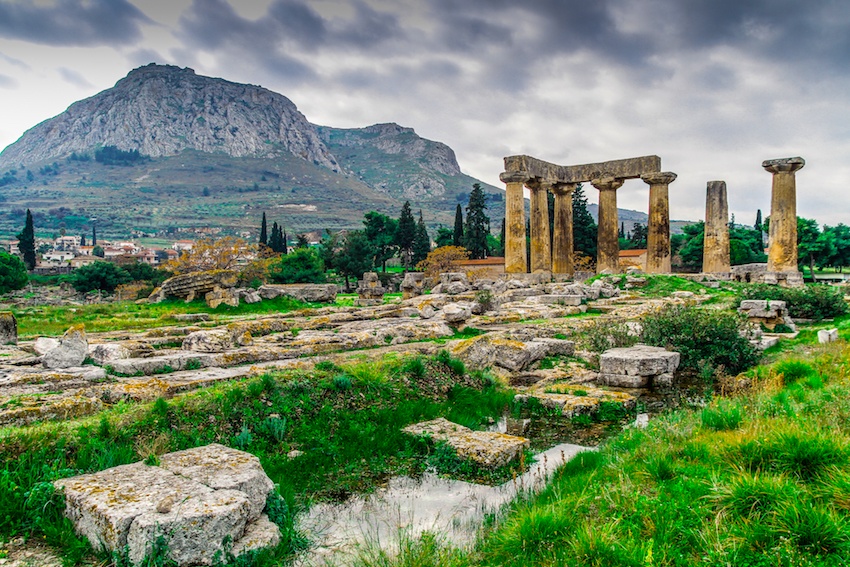Luke, a Gentile physician and companion of Paul, authored the Gospel of Luke and the Acts of the Apostles, providing a meticulous and compassionate account of Jesus’ life and the early Church, emphasizing the universality of the gospel, the role of the Holy Spirit, and concern for the marginalized.
Joshua, the successor of Moses, exemplified unwavering faith and obedience to God as he led the Israelites in the conquest of Canaan, fulfilling divine promises and establishing a legacy of leadership grounded in commitment to God’s commandments.
Patmos, an island of serene beauty and profound spiritual significance, is revered as the sacred site where the Apostle John received the visions recorded in the Book of Revelation, marking it as a timeless beacon of hope and revelation in Christian history.
Nazareth, celebrated as the childhood home of Jesus Christ, embodies a rich tapestry of historical, archaeological, and religious significance, serving as a pivotal site for Christian pilgrimage and a vibrant symbol of coexistence in the heart of the Middle East.
Jacob’s Ladder, described in Genesis 28:10-19, encapsulates a profound spiritual moment where Jacob dreams of a ladder connecting heaven and earth, symbolizing God’s continuous presence and reaffirming the Abrahamic covenant, which not only marks a pivotal point in Jacob’s personal transformation but also signifies the enduring bridge between the divine and humanity, reflecting themes of covenant, grace, and divine guidance.
The baptism of Jesus in the Jordan River by John the Baptist, as detailed in Matthew 3:13-17, encompasses profound theological themes such as obedience, righteousness, the revelation of the Trinity, the affirmation of Jesus’ messianic identity, and the foundational principles of Christian baptism, making it a cornerstone event in Christian theology and the initiation of Jesus’ public ministry.
The Twelve Tribes of Israel, stemming from Jacob’s twelve sons, represent a diverse tapestry of destinies and roles within biblical narratives, from Reuben’s lost birthright and Judah’s royal lineage to Joseph’s fruitful legacy through Ephraim and Manasseh, each tribe embodies unique blessings and challenges that collectively contribute to the historical, spiritual, and moral legacy of the Israelite nation.
The Armor of God, as depicted in Ephesians 6:10-18, encompasses the metaphorical imagery of a Roman soldier’s armor, including the belt of truth, breastplate of righteousness, shoes of peace, shield of faith, helmet of salvation, and sword of the Spirit, to symbolize the spiritual warfare, defense, and readiness required in the Christian life, emphasizing the importance of prayer, divine protection, and spiritual practices based on biblical teachings.
The Ascension of Jesus Christ encapsulates his enthronement, fulfillment of divine promises, and the initiation of the church’s global mission, signifying a pivotal moment that bridges his earthly ministry with his heavenly reign and underscores the Christian faith’s eschatological hope and doctrinal foundation.
The Apostle Paul’s epistles to the Corinthians address the complexities of early Christian life in ancient Corinth, offering guidance on overcoming community divisions, ethical dilemmas, and the importance of spiritual gifts and love, amidst a backdrop of cultural diversity, social disparities, and religious plurality.

